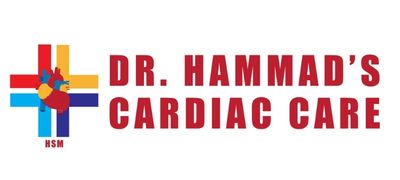ASD/PDA Device closure in Bhiwandi
Dr.Hammad’s Cardiac Care is the best place for you if you are looking for ASD/PDA Device closure in Bhiwandi.
Searching for an ASD/VSD/PDA Device closure in Bhiwandi? Dr.Hammad’s Cardiac Care provides the best services. Book an appointment now.
Contact Us


